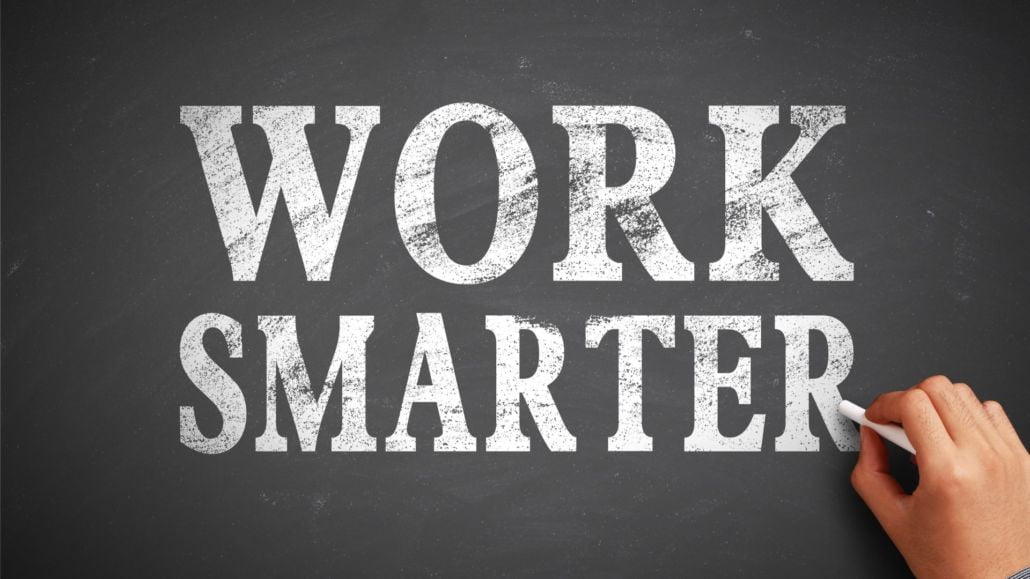2022 VISION – WHERE ARE YOU HEADED?
We are now into our seventh week in Q1, and it is time to refocus your attention on one or more of five key areas, which may require your time and attention:
- Your Vision
- People
- Data
- Processes, or
- Current Issues
Minor improvements in one or more areas can free up considerable time in your schedule and help you focus on the important rather than wasting time on workarounds.
In what areas do you need to concentrate in Q1?
- Is your 2022 team and company vision clearly articulated, communicated, and understood? – vision
- Have you developed your team to enable them to efficiently handle details so you can focus on the big picture and not get stuck in the weeds? – people
- Do you have a dashboard of data that you can regularly refer to get a complete picture of actual results? – data
- Do your systems support your processes? – processes
- Do you have an issues list that requires attention? – current issues
2022 VISION – WHERE ARE YOU HEADED?
Your team vision must be in line with your organizational vision. Do a temperature check with your team, ask two individuals randomly if they know the vision of the team? ‘Are you seeing what I am saying?’ Don’t assume that everyone sees the vision in the same way you do. Communicate clearly and often on the articulation of your vision. This will ensure team members do not become frustrated and confused. A compelling vision enables everyone to see the direction they are headed and how they will get there. Think of your team’s vision like a laser beam highlighting the path to take. Having a clear vision will enable you to plan action items required and help you retain focus strategically.
SURROUND YOURSELF WITH GREAT PEOPLE
It is imperative to have the right people in the right jobs. Look at your team and evaluate each member’s level of effectiveness in their roles. List accountabilities of each position, how core tasks are organized and by whom and if the structure is conducive to the roles and individuals you have in place. Is movement, training, or are additional or less staff required?
YOUR PROFESSIONAL DASHBOARD
When driving, you often look down at your dashboard and check your speed and petrol level. Driving a vehicle is like leading a team. How can you lead effectively without knowing the details? Effective leadership requires the ability to have a dashboard or scorecard of data that will enable you to have a pulse on the work being done by your team, help you predict what may be needed and identify when areas are falling short of what is required and the action that is necessary to course correct.
Knowing your data will empower you. Understanding your numbers will help you problem solve and make decisions faster. Determine the core elements that should be highlighted on your dashboard or scorecard. Having this information will help you make decisions based on factual information.
ISSUE MANAGEMENT
All teams and organizations have areas that can be improved upon and issues that need to be addressed.
- How do you track your issues?
- Do you have an issue management list or a ticketing system?
- When do you allocate time to solve identified issues?
The challenge is often that issues are identified but not resolved fast enough, which results in time and resource wastage. Allocate staffing time to solve issues, don’t let them mount if they are taking away from productivity, focus or results. Allocate time in your weekly meetings to discuss priority issues that require action and give your team permission to solve problems and clear off issues.
PROCESS MAPPING
The importance of process mapping cannot be underestimated—the need to know what needs to be done, how and in what order is essential for repetitive and scalable processes. A good process enables simplicity of action, increased efficiency, and scalability. Processes must be documented, shared, continually evaluated, and updated for maximum efficiency.
CONTINUOUS DEVELOPMENT IN EXECUTION
Goals are not attained without discipline. A short runway of actionable steps within a quarter or 90-day period will help keep priorities aligned and provide focus on the essential item to be worked on. Just as 90-day plans are recommended, so too are frequent, preferably weekly meetings to ensure priorities are communicated, there is team alignment, and focus is on the most critical priority.
KEEP IT SIMPLE
Simplify processes, eradicate rules when not necessary, be clear in what needs to be done, by whom, how it will be assessed, recorded and evaluated. Complexity comes with growth; however, if you can focus on using simplified processes, efficient operational systems, and delegation techniques to move work down to lessen bottlenecks, you will be well on your way to a more efficient organization.
If you would like more information on leadership tactics and tips as you’re going through your 2022 vision, and you need someone to keep you accountable for your process and execution, I can be contacted at +1-604-616-1967 or jenny@jennyreilly.com. If you want monthly leadership tips, sign up for my JRC newsletter or check out my social media on Instagram for top leadership advice throughout the year.






